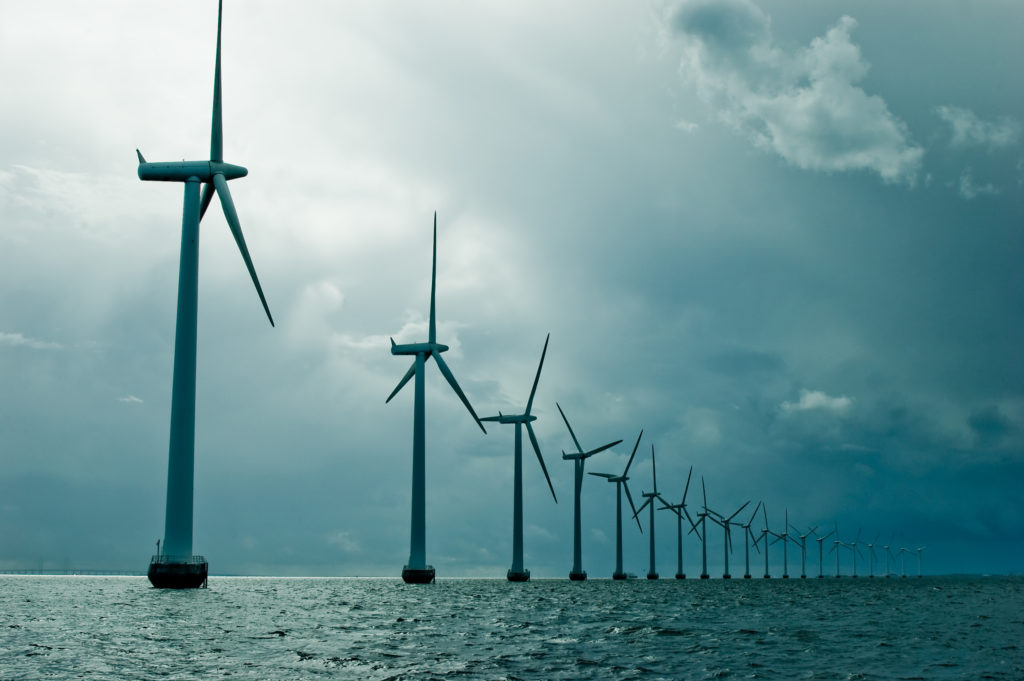
Climate change is threatening to take a catastrophic toll on humans in the next century, and increasing renewable power sources has been identified as one way of staving off this global issue. After all, the energy sector is the largest single source of global emissions.
Countries around the world, including the United Kingdom, Germany, and Australia, are making headway.
United Kingdom
The overall output of British power stations in 2018 was the lowest it’s been since 1994, even with 8 million more people living in the United Kingdom today than there were then. Renewable energy sources achieved a record share of that electricity supply in the UK last year. Analysts say it’s a sign of increasingly efficient use of energy and the country’s changing economy.
Simon Evans, poly editor at Carbon Brief, suggests, “It could be a combination of more efficient appliances, energy-saving lightbulbs and, more recently, LEDs. Then there’s supermarkets installing better fridges, industry using more efficient pumps. Across all of those businesses, efficiency will have been going up. And of course there’s the changing nature of industry in the UK.”
Previous research by the government’s climate change advisers found that more energy efficient appliances helped save the average household £290 a year between 2008 and 2017. Continuing to use energy more efficiently would help the UK reach its binding climate goals. Evans says “meeting carbon targets is made easier if we use energy efficiently.”
Other factors include new wind farms connecting to the grid, as well as new biomass plants, which included the conversion of a coal unit at Drax power station in north Yorkshire and the conversion of a former coal plant at Lynemouth, Northumberland. Renewable sources, including biomass, hydro, solar and wind power, supplied a record 33 percent of electricity in 2018, up from 29 percent last year. In 2009, renewables accounted for just 6.7 percent of electricity output.
Meanwhile, coal-driven output was down 25 percent and nuclear power generation down 8 percent in 2018, mainly due to aging reactors being taken offline for safety checks. Gas fell 4%, but remained the top source of electricity supplies.
Germany
In 2018, renewables accounted for just over 40 percent of electricity production in Germany. Output from solar, wind, biomass, and hydroelectric generation units rose 4.3 percent last year to produce 219 terawatt hours (TWh) of electricity. The total national power production (derived from both green and fossil fuels) was 542 TWh. Coal burning accounted for 38% of that power.
The country is working toward renewables providing 65% of its energy by 2030. This will be a costly transition as it abandons nuclear power by 2022 and makes plans to leave behind coal, which had been the country’s main source of energy.
Bruno Burger, author of recent research from the Fraunhofer organization of applied science, says that green energy’s share of Germany’s power production is set to stay above 40 percent this year. “We will not fall below the 40 percent in 2019 because more renewable installments are being built and weather patterns will not change that dramatically.”
However, green energy skeptics believe that output is a result of favorable weather patterns and can’t be relied upon. Due to a prolonged hot summer in 2018, solar power increased by 16 percent and hydropower only accounted for 3.2 percent of power production as rivers dried out as a result of the heat and low rainfall.
Australia
Australia’s wind and solar energy had a record year in 2018, and looks set to power through 2019. Australia generates nearly 20 percent of its electricity from renewables. This is forecast to jump to 75 percent over the next 20 years.
An abundance of wind and sun, falling turbine and panel costs, and corporate demand for contracts to hedge against rising power tariffs is attracting developers from around the world to Australia. Despite the country’s fluctuating energy policy, a grid that has trouble integrating intermittent renewable power, and high hook-up costs, dozens of international developers see Australia as a growth market and are looking to build wind and solar farms there.
“Confidence is high as the industry enters 2019, with unprecedented levels of construction activity under way,” said Anna Freeman, a director at the Clean Energy Council. Large scale solar and wind projects worth $14 billion USD were under construction or reached financial close last year. According to the Clean Energy Council, this is more than double 2017’s record.
Renewable projects added to Australia’s grid have grown from 22 in 2013 to a record 45 projects in 2018, according to the Australian Energy Market Operator (AEMO). The rush of projects initially created a bit of chaos, but that is changing, says Simon Currie, founder of advisory firm Energy Estate, which wants to develop Australia’s biggest renewable energy hub, with 4 GW of wind, solar, and pumped hydro capacity in New South Wales. “We’re moving from what was an opportunistic-based approach … into something that will be much more planned,” Currie says.
Solar investors from the UK, France, and several other countries, have plans underway to capture renewable power in Australia.
Are You Ready for Renewables?
The global demand for greener technology and alternative fuels calls for environmentally-friendly smart grid technology. Get your team up to speed quickly on the latest smart grid technologies with Modernizing the Smart Grid, a four-course program coming soon from IEEE. Connect with an IEEE Content Specialist to learn more today.
Resources
Eckert, Vera. (3 Jan 2019). Renewables overtake coal as German’s main energy source. Reuters.
Koningstein, Ross; Fork, David. (18 Nov 2014). What It Would Really Take to Reverse Climate Change. IEEE Spectrum.
Paul, Sonali. (20 Jan 2019). Australia’s solar, wind boom to power past grid woes in 2019. The Financial Warriors.
Vaughan, Adam. (2 Jan 2019). UK power stations’ electricity output lowest since 1994. The Guardian.


Since, the no carbon policies are coming into action, it is obvious that we might see more renewable power sources in every country and according to many predictions, we can certainly achieve our entire dependency on renewable energy by 2050.